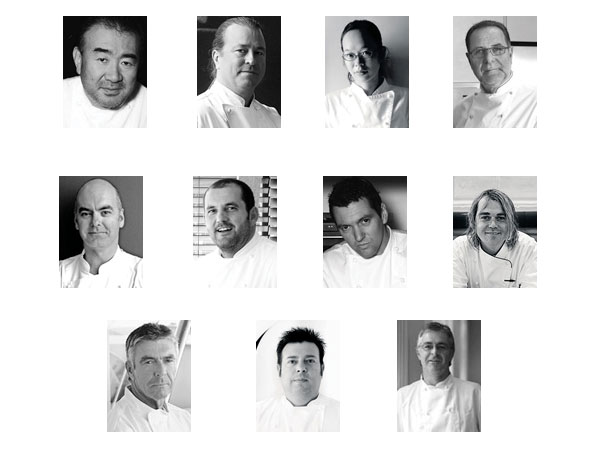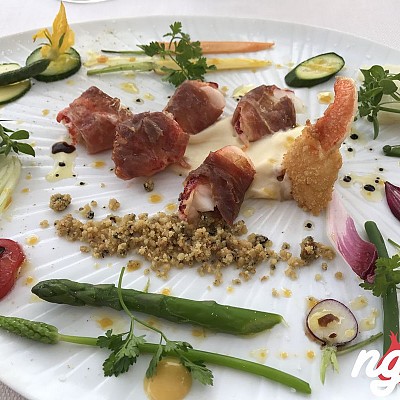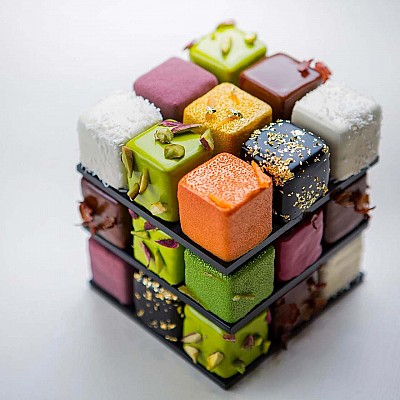The Michelin Guide is a series of annual guide books published by Michelin for over a dozen countries.
The term normally refers to the Michelin Red Guide, the oldest and best-known European hotel and restaurant guide, which awards the Michelin stars. Michelin also publishes Green Guides for travel and tourism, as well as several newer publications such as the Guide Voyageur Pratique (independent travel), Guide Gourmand (good-value eating-places), Guide Escapade (quick breaks) and Guide Coup de Cœur (favourite hotels).
Red Guides have historically listed many more restaurants than rivals, relying on an extensive system of symbols to describe each establishment in as little as two lines. Reviews of starred restaurants also include two to three culinary specialities. Recently, however, short summaries (2–3 lines) have been added to enhance descriptions of many establishments. These summaries are written in the language of the country for which the guide is published, but the symbols are the same throughout all editions. In 1933 André Michelin and his brother Édouard Michelin introduced the first countrywide French restaurant listings and introduced the Michelin star system for ranking food, later extended to the rest of the world. The guide awards one to three stars to a small number of restaurants of outstanding quality. One star indicates a "very good cuisine in its category", a two-star ranking represents "excellent cuisine, worth a detour," and a rare three stars are awarded to restaurants offering "exceptional cuisine, worth a special journey". As of late 2009, there were 26 three-star restaurants in France, and a total of 81 in the world.

Michelin reviewers are known to be anonymous and independent; they do not identify themselves, and their meals and expenses are paid for by the company founded by the Michelin brothers, never by a restaurant being reviewed. The French chef Paul Bocuse, one of the pioneers of nouvelle cuisine in the 1960s, said, "Michelin is the only guide that counts." In France, each year, at the time the guide is published, it has been said to spark a media frenzy similar to annual Academy Awards for movies. Media and people debate likely winners, speculation is rife, and TV and newspapers discuss which restaurant might lose, and who might gain, a Michelin star.
Michelin Stars Defined:
-One star: A very good restaurant in its category.
-Two stars: Excellent cooking and worth a detour. First class cuisine of its type.
-Three stars: Exceptional cuisine and worth a special journey. Often extremely expensive, and with an extensive wine list.
The reason Michelin stars are so coveted is that most restaurants receive no stars at all. For example, in the Michelin Guide to France 2009, 3,531 restaurants are included, but just 548 received a star. Most of these restaurants -- 449 -- received one-star, 73 received two stars, and 26 received three.
There are currently 106 three-star restaurants in the world, as of 2012.
The Guardian List of 2012
Andy Hayler's Interesting Guide









































